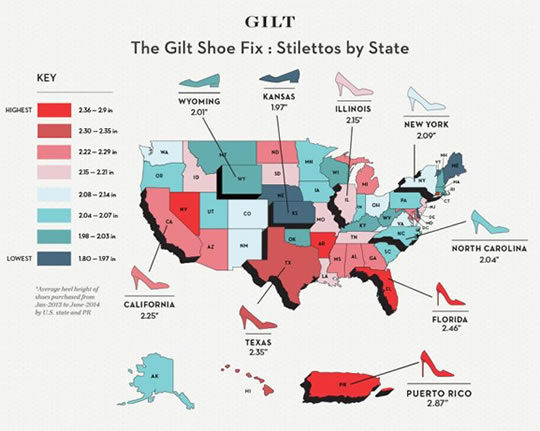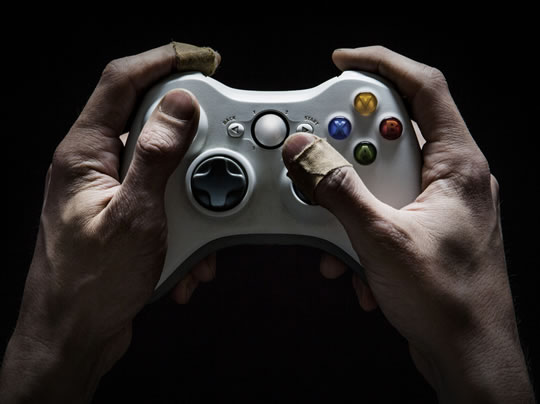It helps to provide emotional balance by regulating heart rhythms. It also encourages ecstasy and wonder, as well as joy and calm.
Spending time in woodland areas has a healing effect on the mind and the body, helping to provide emotional balance, new research finds.
Being in nature helps us to regulate our emotions, when compared to an urban environment.
Nature also helps to regulate heart rhythms, the research found.
Together, nature helps to bring feelings of:
- ecstasy and wonder,
- as well as joy and calm.
Dr Miles Richardson, the study’s first author, said:
“We’re excited about this research as it brings together previous work in order to explain how nature regulates emotions and the heart and shows spending time in nature positively changes our health and well-being through helping balance the feelings of threat, drive and contentment we experience each day.
Exposure to nature is emotional and emotion is the constant companion of sensation with feelings, rather than thoughts, coming first when we encounter nature and these emotions have a physiological basis, which nature and well-being research often overlooks.
Overall, the work provides a simple yet compelling argument to convince others of the role of, and need for, nature in our everyday lives.”
The researchers analysed 13 studies carried out on a total of 871 people.
These compared the effects of urban with natural environments.
Nature provides emotional balance
Nature, the studies showed, helped to regular parasympathetic nerve activity, which is linked to feelings of contentment.
It also lowered sympathetic nerve activity, which is linked to lowered drive, or a lack of stress.
Professor David Sheffield, one of the study’s authors, said:
“Nature brings balance to our emotions and the nervous system that influences the function of our internal organs, such as the heart, ultimately revealing the stress-busting power of nature.”
The study was published in the journal Evolutionary Psychological Science (Richardson et al., 2016).











